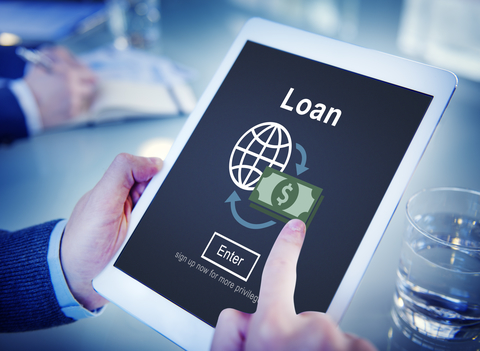 The Paycheck Protection Program (PPP) allows small businesses to obtain loans that can be forgiven on a tax-free basis. There’s been tremendous interest in these loans, but much confusion about how to get them.
The Paycheck Protection Program (PPP) allows small businesses to obtain loans that can be forgiven on a tax-free basis. There’s been tremendous interest in these loans, but much confusion about how to get them.
The following is solely for businesses with payroll responsibilities (although payroll costs are broadly defined to include compensation up to $100,000 per employee, plus employer contributions to qualified retirement plans, employer-paid health insurance, and state and local taxes assessed on compensation). Additional guidance will dictate the rules for loans to partners, sole proprietors, and independent contractors (as explained in another blog).
Step 1: Loan submission
Loans can only be made by SBA-certified lenders. These are most banks, including community banks, as well as certain other commercial lenders. For example, Fountainhead is the nation’s leading nonbank small business lender and is participating in this PPP program. CEO Chris Hurn is actively working with borrowers as well as providing guidance to the government to help the program work more effectively.
If you currently do your business banking with a financial institution that is an SBA-certified lender, this probably is the first place to submit a loan. One of the key factors that lenders consider is knowing the customer, so they’re likely to limit initial application acceptable from their own customers. Only submit an application to one lender; do not submit multiple applications to multiple lenders in the hopes that this will expedite approval.
There’s an online loan application to be completed. It can be signed electronically. It must be supplemented by certain information, such as payroll documentation (e.g., Form 940 for 2019). But you don’t have to provide tax returns or other financial statements typically required for small business loans. And you don’t have to submit to credit checks.
You must certify under penalty of perjury in the application that the business is eligible for a PPP loan (e.g., you are a small business and your type of business isn’t barred by the PPP program). You probably will have to submit a photocopy of your driver’s license to verify who you are.
Note: There’s no requirement for loan application submission that you show actual financial need. For example, if you’re in an essential business and have continued to operate during the social-distancing orders during this COVID-19 crisis, you are still eligible for loans to cover your payroll.
Step 2: Loan processing
It’s essentially up to the borrower to show the amount of the loan needed to cover payroll and other specified costs. The lender is not required to recompute the numbers and will accept your numbers (remember you’re attesting to their correctness).
Once the lender has reviewed the loan application and has all the supplemental information necessary, the loan application is submitted to the SBA. The SBA then issues a loan number. Once this is done, it is essentially an approval of the loan. But there’s more to do before the funds are disbursed.
Step 3: Loan closing
Before the funds can be disbursed, you’ll be required to sign various documents, including:
- A promissory note for the amount of the loan (the SBA promissory note or the lender’s own promissory note). This is so even though you may be eligible for loan forgiveness.
- An agreement to provide additional information. As with any loan, a borrower must consent to give additional information if required by the lender.
Step 4: Funding
Once the funds are released, they’ll be wired to your bank. You need to provide wiring information so this can happen. Lenders are not sending checks in the mail during this coronavirus crisis.
Final thought
Some of these steps may be modified by particular lenders. They may require additional information or take additional precautions in giving loans.
Keep in mind that the rules are changing day to day (see Treasury FAQs). There are millions of small businesses waiting for money…be patient.


